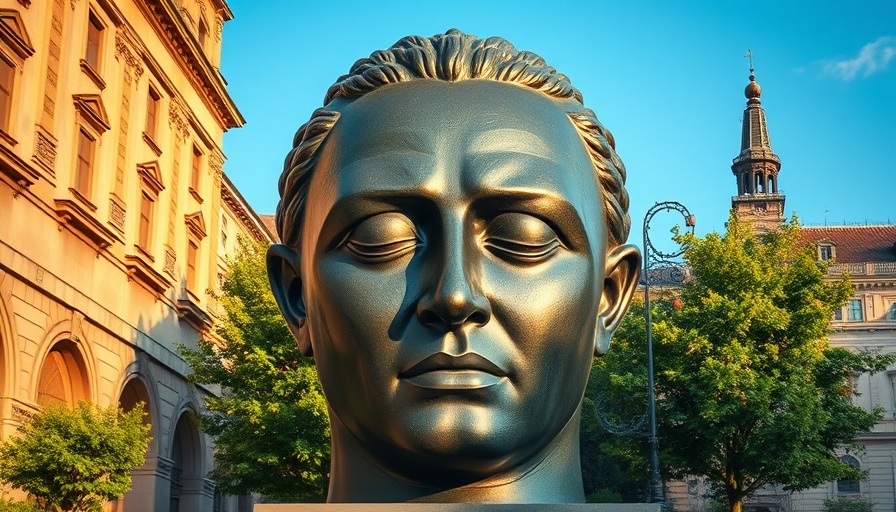
Exploring the Enigma of Feline Transformation in 'Cat People'
The duality found in both the 1942 and 1982 versions of Cat People creates a rich tapestry of storytelling, where desire intertwines with fear. At first glance, the premise of two women transforming into leopards may sound like mere fantasy; however, the films delve deep into the psyche of their characters, particularly the enigmatic Irena. With the original film directed by Jacques Tourneur, viewers are introduced to Irena who bears the weight of ancestral fears, battling the primal side of her nature that calls to her through jealousy and desire.
The Original's Subtlety vs. The Remake's Excess
Tourneur’s Cat People embodies a unique elegance with its psychological tension and understated horror. The film captures Irena’s internal conflict splendidly, especially in memorable scenes, such as the iconic pool sequence, where the viewer feels the suspense mounting around her hidden fears. Paul Schrader’s 1982 remake, while visually striking, leans into more explicit sexual themes, reflecting the changing norms of the 80s. This shift stirs a debate about whether shock value overshadows character development in the modern iteration.
Connecting Themes of Desire and Isolation
Throughout both films, Irena’s journey reveals profound themes of isolation and the dangers of repressed emotions. As she struggles to find her identity between civilization and innate instinct, her relationships suffer. This is particularly evident as her jealousies bring her closer to the beast within, creating tension not just in her life but in those around her. This exploration of desire invites viewers to consider their own internal battles with love and fear.
Why Local Boston Audiences Should Engage
For film aficionados in Boston, this screening is not just an opportunity to witness two iconic interpretations side by side, but also a chance to engage with timeless themes that resonate on multiple levels. Reflecting on our own struggles with identity, love, and desire, these films remind us of the power of storytelling in capturing the complexities of the human condition.
 Add Row
Add Row  Add
Add 




Write A Comment